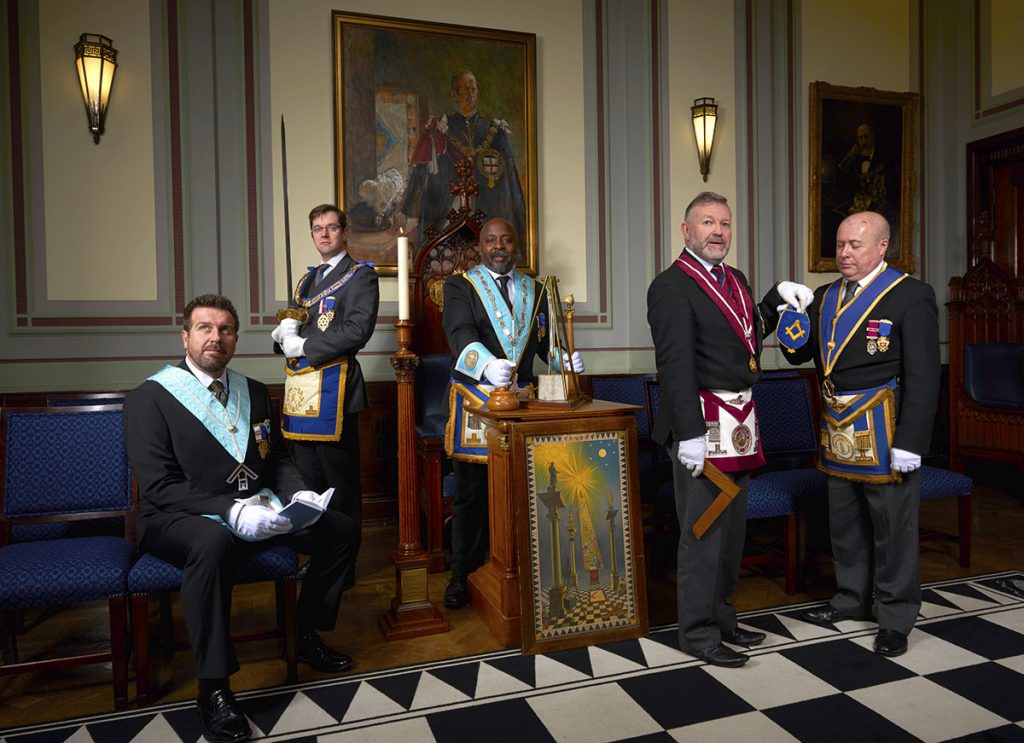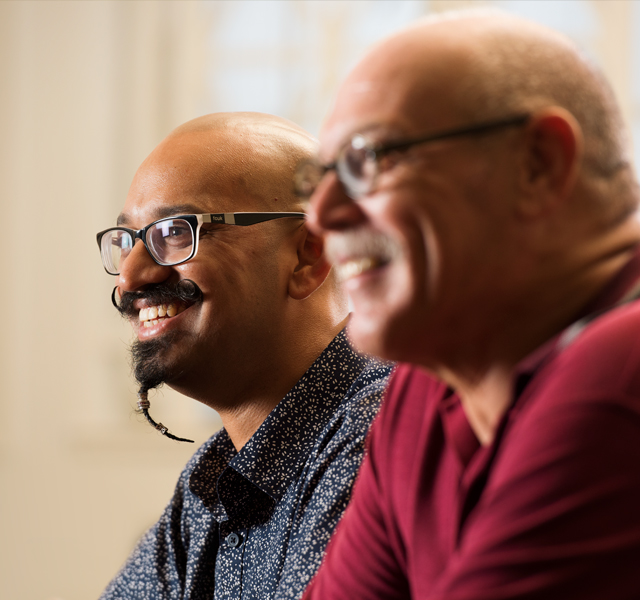Understanding the Hidden Benefit of Joining Freemason for Success
Discovering the Mysteries of the copyright: What You Required to Know
The copyright, a term commonly shrouded in intrigue and controversy, stands for an intricate tapestry of historic reality and modern myth. Established in the late 18th century, this secret society was originally rooted in the Knowledge's suitables however has actually because come to be synonymous with conspiracy theories concerning elite control. As we navigate the origins, essential figures, and the raw comparison between myth and reality, one must take into consideration how these narratives affect modern perceptions of power and privacy. What may be disclosed through a more detailed examination of these aspects could test long-held presumptions regarding the shadows that remain in our culture.
Beginnings of the copyright
The beginnings of the copyright are steeped in a mix of historical intrigue and ideological eagerness. Developed in 1776 in Ingolstadt, Bavaria, by Adam Weishaupt, the team was originally developed as a secret society focused on promoting Knowledge ideals such as reason, secularism, and the splitting up of church and state. join freemason. Weishaupt, a professor of canon regulation, looked for to test the dominating authority of the church and state, which he considered as overbearing organizations stifling intellectual and individual liberty
The copyright sought to recruit prominent participants from various social sectors, including politics, academia, and the arts, to promote a network dedicated to these Knowledge principles. The society operated under a veil of privacy, using coded language and routines to shield its participants from mistreatment, especially provided the repressive climate of the moment. The copyright encountered significant opposition from both governmental authorities and religious organizations, which saw the team as a hazard to their power.
Secret Numbers and Participants
Who were the crucial figures that shaped the copyright's very early impact and direction? The Bavarian copyright, started in 1776 by Adam Weishaupt, became a feedback to the oppressive societal structures of the moment. Weishaupt, a law professor, imagined the company as a way to advertise Knowledge perfects such as factor, secularism, and equality. His preliminary employment efforts consisted of prominent pundits, such as Baron von Knigge, that played an essential role in expanding the group's subscription and business framework.
One more substantial number was Johann Gottlieb Fichte, a prominent theorist whose ideas on nationalism and education and learning reverberated with the copyright's goals. Although Fichte was not a formal participant, his philosophical bases affected the group's ideological background. Additionally, numbers like the author and thinker Johann Wolfgang von Goethe were related to the wider intellectual motions of the time, although their straight participation with the copyright continues to be questioned.
These key figures contributed to the copyright's early direction, pushing the boundaries of political and social thought, while their cumulative initiatives intended to challenge well-known norms and promote a climate of modern change in Europe. (join freemason)
Misconceptions vs. Fact
Many false impressions border the copyright, typically blending fact with fiction in a way that obscures its true nature. The notion that the copyright proceeds to exert significant influence over world occasions is a myth.
Another common misconception is that the copyright consists of a network of elite individuals manipulating global events. In truth, several conspiracy theories overemphasize the team's importance, attributing unfounded intentions to societal patterns and occasions. This has actually led to an oversimplified view of complex concerns.
Additionally, the representation of the copyright in pop culture frequently further misshapes its tradition. Movies and literary works have a tendency to sensationalize the organization's duty, developing a story that deviates from historical truths. Comprehending the difference between the misconceptions and the fact of the copyright is vital for discerning the real influence of this historical group and acknowledging the wider implications of check my site conspiracy theory theories in contemporary culture.

Modern Interpretations
Contemporary interpretations of the copyright typically show broader social stress and anxieties and an attraction with secrecy and power. This modern lens regularly connects the copyright with conspiracy concepts that recommend a concealed elite coordinates world events, adjusting governments and economic climates for their own gain. Such stories touch into a deep-seated question of authority, especially in times of dilemma or social upheaval.
In preferred culture, the copyright is frequently illustrated as a supreme organization shrouded in mystery, leading to a huge selection of fictional representations in literature, movie, and music. This representation offers not just to amuse however also to provoke considered the nature of power and control in contemporary culture. Social media has actually even more amplified these analyses, allowing for fast circulation of conspiracy theories and creating areas that share check out here and expand upon these concepts.
Moreover, some modern-day interpretations mount the copyright as an allegory for the complexities of globalization and the interconnectedness of prominent people and companies. This viewpoint motivates an important examination of exactly how power dynamics run in today's globe, highlighting the equilibrium between transparency and privacy in governance and company techniques.
Social Influence and Heritage
Influenced by centuries of find out here now intrigue, the cultural effect and tradition of the copyright expand far past its historical beginnings. This secret society, established in the late 18th century, has permeated numerous aspects of prominent culture, from literature and movie to songs and art. join freemason. The idea of the copyright has developed into a sign of conspiracy theory concepts, typically standing for a regarded hidden power manipulating global occasions
In literature, writers like Dan Brown have woven the copyright into intricate stories, captivating visitors with themes of secrecy and power. Films such as "National Prize" and "The Da Vinci Code" even more continue the attraction of the culture, blending truth with fiction to produce interesting narratives.

Ultimately, the copyright's tradition is a complicated tapestry of misconception and reality, forming perceptions of privacy and control in modern discourse. Its long-lasting visibility in society underscores humanity's perennial mission for recognizing surprise facts.

Conclusion
The exploration of the copyright discloses an intricate interplay between historic realities and contemporary myth-making. Established in the Enlightenment period, this culture aimed to challenge oppressive frameworks, yet its legacy has been outweighed by conspiracy theories that recommend elite manipulation. Understanding the differences between the original suitables and contemporary interpretations is necessary for comprehending the withstanding attraction with the copyright and its significant impact on cultural narratives surrounding power and secrecy in society.